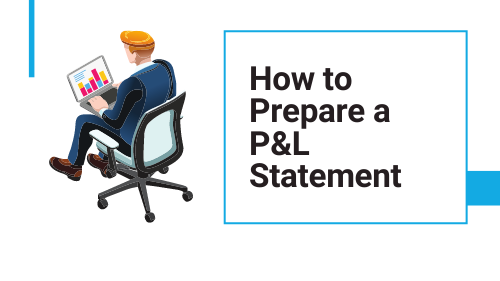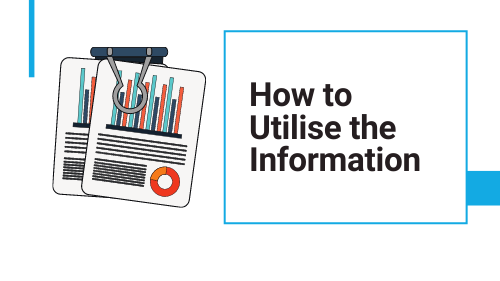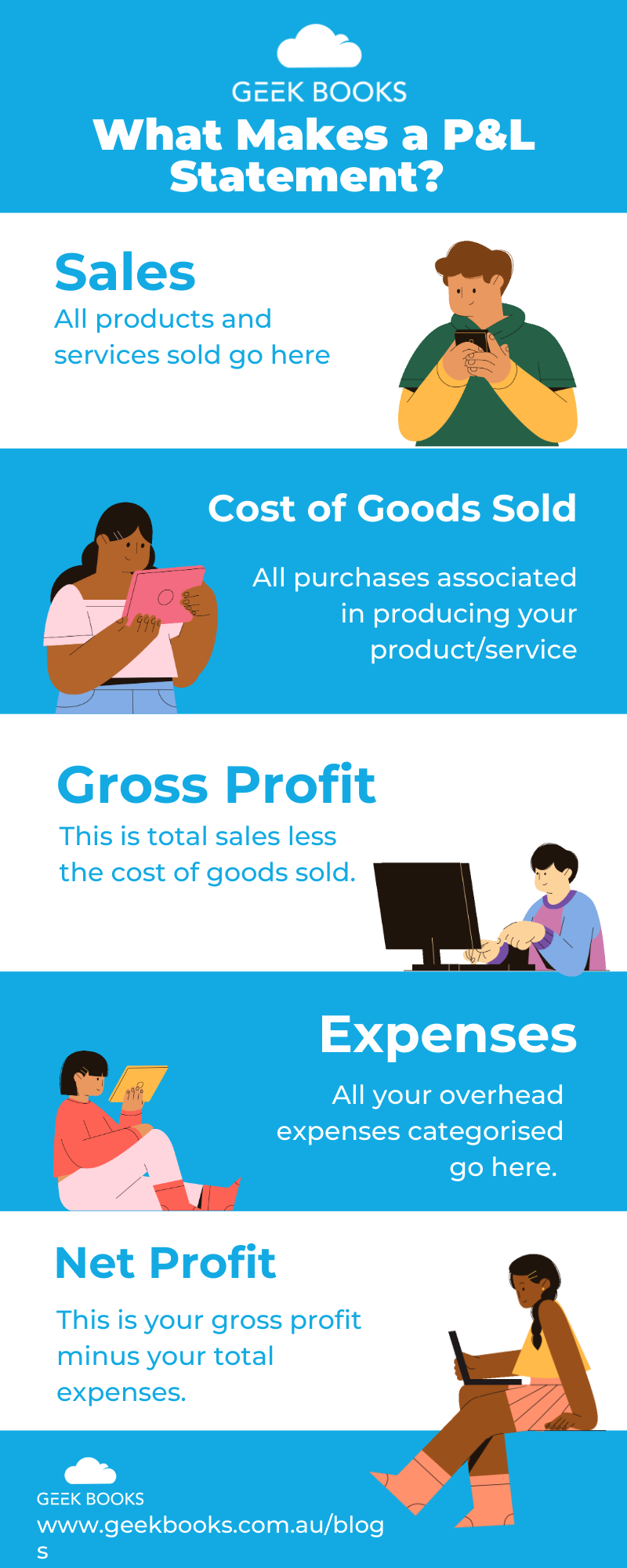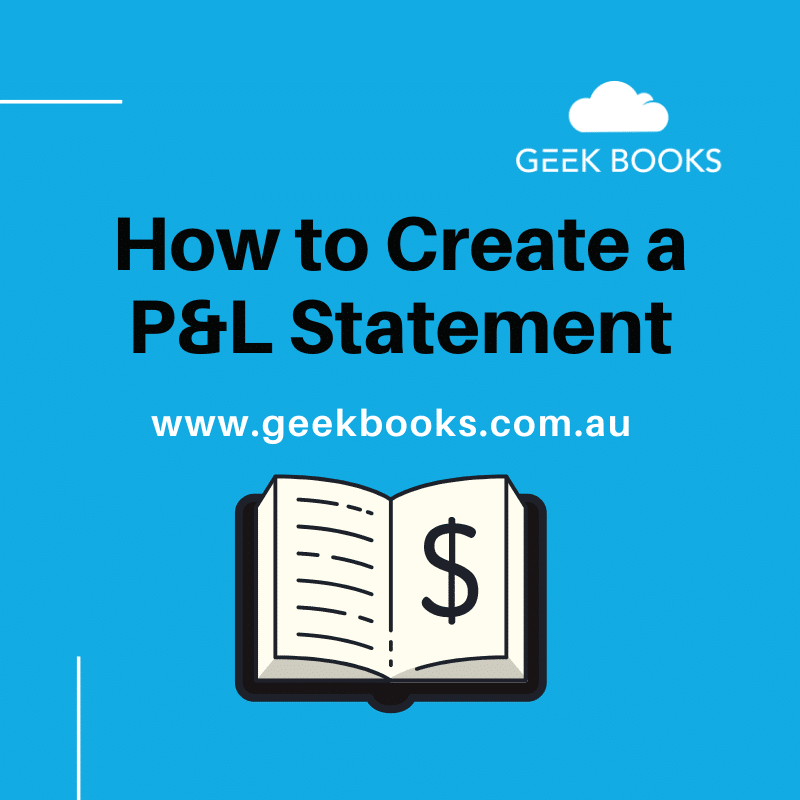Keeping track of your finances is essential for any business, large and small. This is particularly vital for small companies, where individual sales and expenses can make far more of an impact on their profits and losses than they would in huge enterprise businesses.
One of the forms of reporting and documentation that should be top of your list of priorities is your profit and loss statement – also referred to as a P&L.
Whether you’re new to business or you’ve been coasting by on less formal reporting in the past, using the proper tools can be a huge benefit to your company.
We’re here to talk you through what a profit and loss statement is, how to do one, and why they are so important to have. Read on now to find out all the details:
What is a profit and loss statement?
The first stage in knowing how to create a P&L statement is knowing what a profit and loss statement is. As the name suggests, this form of report is a financial statement.
P&L documents can be used to officially highlight the profits and expenses of your business in the past year.
At its most basic, a profit and loss statement lists a simplified version of your combined sales and combined expenses and provides a calculation of how much profit or loss your business is making currently.
Businesses are required to complete a profit and loss statement each year.
It’s good practice for companies of all shapes and sizes to be fully aware of their profitability and to have a good grip on their finances in general. Periodic P&Ls are the standard review that businesses must complete.
Why is a profit and loss statement so important?
Having a profit and loss statement is important for several reasons.
Firstly, you’re required to complete one periodically – once per quarter – to prepare a Business Activity Statements and at the Financial Year End for your business tax return.
If you’re seeking funding through a lender, you’ll also need to have an up-to-date P&L statement, so they have a good idea of the health of your business, as well as projected Budgeted P&L with your projected profits and losses.

How do I create a profit and loss statement?
Preparing a profit and loss statement is a relatively easy task if you have all the information to hand. Our steps on how to create a profit and loss statement below cover all you need to know to complete your first review:
Set out the required categories
At their most basic, a P&L statement should be separated into four specific categories that are easy to view and understand at a glance. Whether you’re doing a first rough draft on paper or creating a spreadsheet, here are what your categories should look like:
Sales
Any total Products or Services sold go in this category.
Cost of Goods Sold
Include all Purchases used in producing your sales items. Direct Costs, expenses associated in the producing your sale items.
Gross Profit
This item is the Total Sales less the Cost of Goods Sold, giving you the gross trading position of the business.
Expenses
All your overhead business expenses, from accountant fees to insurance, rent to wages, is included under expenses. These can then be sub-categorised according to the kind of expenses they are – Motor Vehicle expenses, office expenses, marketing, and miscellaneous.
Total Expenses
This is the total of your expenses when added together.
Net Profit
Your net profit is calculated last and is your gross profit with all overhead expenses subtracted.
Don’t worry about filling out everything yet – the first step is laying out those categories and having a basic understanding of what each one contains.

Gather all the necessary financial information
Once you’ve got everything laid out, it’s far easier to sort your expenses and profits into their specific columns.
For quarterly P&L statements, you should carefully go back through all recorded expenses and profits and add them individually into your statement.
If you’re carrying out a Budgeted P&L statement, you’re creating a projection of your income and outgoings.
It’s crucial that you divide these up in the same way you would for a periodic P&L statement to ensure the best accuracy possible.
Calculate your income and expenses
Once you’ve filled out your first two categories, you can calculate both your total expenses and overall net profit.
Add together all your expenses to reach your total expense number, and then subtract this amount from the gross profit to access your net profit.

Utilise your P&L insight for business needs and requirements
Once you’ve completed all sections of your profit and loss statement and you’ve double-checked its accuracy, you can then utilise your review for official purposes.
This includes filling out your tax return, as well as seeking lenders of investors for your business. An where to invest your monies to grow your business.
Do I have to carry out profit and loss statements in-house?
Many small businesses assume that P&L statements need to be carried out in-house.
But if you aren’t aware of how to write a profit and loss statement, or you’d like an expert opinion, working with a trained accountant is your best option.
As an essential quarterly report and review, P&L statements are vitally important – but learning how to make a profit and loss statement can take time away from other necessary business matters.
Work with Geekbooks today to make P&L easy
As business finance experts, Geekbooks is the ideal choice to support you in creating P&L statements.
Our professional team are on hand to ensure everything is completed on time and to all required standards.
Need a P&L statement or looking for advice on a pro forma P&L?
Chat with us today to find out how we could help.



